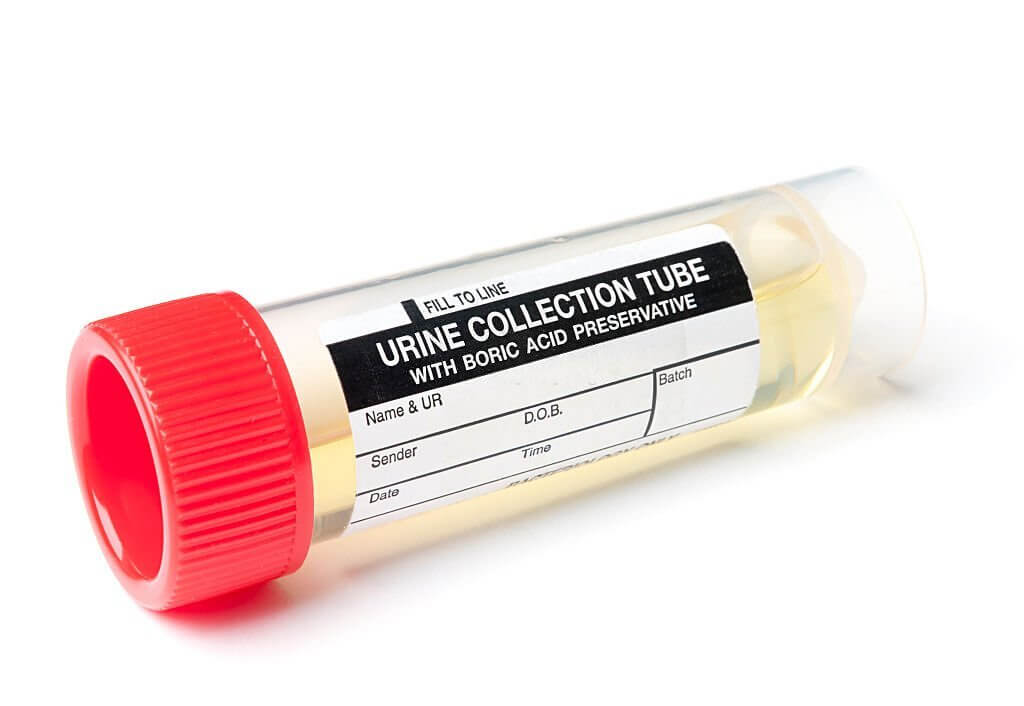How to Prevent DNA Degradation in Urine Samples?

DNA in urine degrades rapidly, which hinders its application in individual identification. How can we prevent DNA degradation in urine and improve its value in forensics?
What substances in urine promote DNA degradation?
Urine contains urea, uric acid, creatine, mineral salts, urokinase and other substances that facilitate DNA degradation. Bacteria in urine also break down DNA. Additionally, PCR inhibitors in urine like β-hCG lower DNA extraction efficiency.
Does lowering temperature prevent DNA degradation?
Most studies store urine samples at low temperatures to prevent DNA degradation. However, low temperature also causes precipitation of crystals in urine, forming sandy sediments that interfere with DNA extraction. So cooling alone cannot completely prevent DNA degradation.
Does adding UTI inhibit enzymes and improve DNA stability?
UTI (urinary trypsin inhibitor) is a drug that specifically inhibits pancreatic enzymes and is used to treat pancreatitis etc. Studies show that adding UTI to urine samples inhibits protease degradation of DNA and enhances DNA stability. Appropriate UTI can keep urinary DNA detectable for longer.
Does Tris-EDTA help improve DNA extraction?
Tris-EDTA in urine can chelate cations like calcium and magnesium, acting as a decalcifying agent to reduce precipitation of urate salts and calcium oxalate and avoid their interference with DNA extraction. Additionally, Tris-EDTA increases urine pH which inhibits uric acid crystals formed under acidic conditions. Thus, appropriate Tris-EDTA also improves DNA extraction efficiency.
Is small-batch processing also beneficial for DNA extraction?
Higher salt content in large urine volumes interferes with extracting DNA from urine. Research indicates that dividing samples into small batches and then pooling DNA extracts increases recovery rate and provides more complete microbial profiles.
In summary, to improve urinary DNA stability, appropriate UTI or Tris-EDTA can be added promptly after sample collection followed by low temperature storage; and dividing samples into small batches during DNA extraction avoids excess salts and improves DNA extraction efficiency from urine. This holds significance for further individual identification studies on urine.
Click to View → Mantacc Transport Mediums
References
-
1. Suhua Zhang, Shumin Zhao, Ruxin Zhu, Gong Zhang, Chengtao Li, UTI preventing DNA degradation of storing urinary samples for genotyping, Forensic Science International: Genetics Supplement Series, Volume 3, Issue 1, 2011
-
2. Ackerman AL, Anger JT, Khalique MU, Ackerman JE, Tang J, Kim J, Underhill DM, Freeman MR; NIH Multidisciplinary Approach to the Study of Chronic Pelvic Pain (MAPP). Optimization of DNA extraction from human urinary samples for mycobiome community profiling. PLoS One. 2019 Apr 25;14(4):e0210306. doi: 10.1371/journal.pone.0210306. PMID: 31022216; PMCID: PMC6483181.
-
3. Munch MM, Chambers LC, Manhart LE, Domogala D, Lopez A, Fredricks DN, Srinivasan S. Optimizing bacterial DNA extraction in urine. PLoS One. 2019 Sep 24;14(9):e0222962. doi: 10.1371/journal.pone.0222962. PMID: 31550285; PMCID: PMC6759279.
Related Posts
Systematic Optimization of Urine DNA Isolation for Microbiome Sequencing
Enhance DNA Extraction from Urine Using Tris-EDTA Treatment
UTI Stops DNA Degradation in Frozen Forensic Urine Samples
Efficiency and Convenience of DNA Collection Using Buccal Swabs
The Potential of Buccal Swab for DNA Age Prediction
Comparison of Different DNA Testing Techniques and Their Applications
How Should DNA Sample Collections Be Managed?









